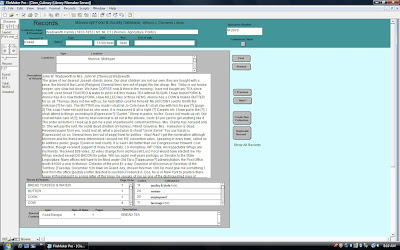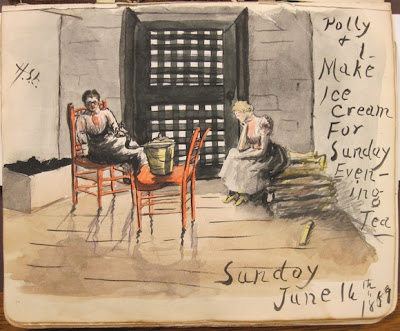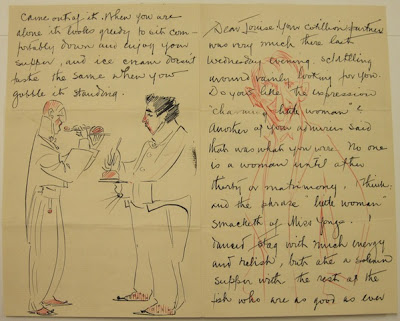Phil Zaret has been a volunteer at the Clements Library for ten years, and for nearly all of that time has worked on one project—a vast culinary database drawn from the library’s manuscript collections. He’d come to the Clements to work with Jan Longone, donor and Culinary Curator to the library’s culinary collections, and was quickly drafted into the database project, for which he has spent the better part of the last decade poring over countless documents in order to create a unique resource for scholars.
The project, often called The Food and Society Database, is housed on two laptops at the Clements library, and remains one of its best-kept secrets, though Phil hopes to someday make the databases more widely accessible and in the meantime urges researchers to spread the word. The searchable, meticulously structured database can save years of research, Phil says. Every document that he examines is painstakingly annotated and described in the database, food-related words entered in capital letters to make them instantly recognizable. The material isn’t limited to culinary topics, though. As perhaps only the second person after its creator to fully read through a manuscript item, Phil makes a point to include all of the information in the database. Many of the documents he works with are letters, in which he says comments on food tend to be at the end, included almost as afterthoughts—but the rest of the information contained in each letter is more than worth sharing.
With a background in Classical Studies, Phil understands the needs of researchers, and has brought that knowledge to bear on the culinary database. The traditional structure of archives, he says, isn’t ideal for this kind of project, because a traditional finding aid can only provide a shallow overview of the material, while his database is designed to give detailed, item-level descriptions of everything included within. It works best, he says, for researchers who have a thorough knowledge of their subject, and can anticipate the search terms for what they need—for the experienced scholar, the database makes finding the needle in the haystack a breeze.
Among the incredible items that can be found in the collections Phil is documenting are the images below, each depicting an occasion involving ice cream. The first is from the gorgeously illustrated journal of Helen Ledyard, more of which can be seen in a past blog post. The second comes from the collection of Henry Brevoort Eddy, an illustrated letter in which he asserts that “ice cream doesn’t taste the same when you gobble it standing.”
The Janice Bluestein Longone culinary collection.
A profile of Jan Longone, Culinary Curator, in the news.
An article on the database in the Clements Library Quarto by JJ Jacobson, Curator for American Culinary History.




